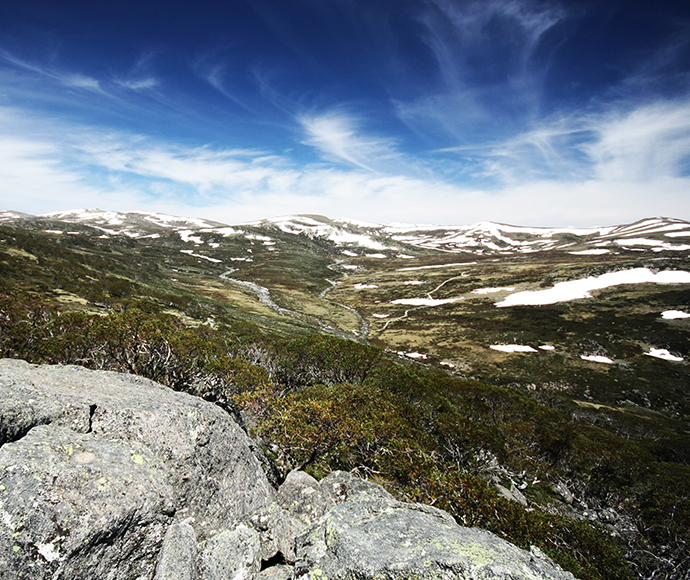The draft plan for the management of wild horses in Kosciuszko National Park has today been released for public comment.

Environment Minister Matt Kean said the draft plan strikes the right balance between protecting the fragile alpine ecosystems and recognising the cultural heritage values of the wild horses.
"Everybody cares about Kosciusko National Park, it is a very special place for all of us," Mr Kean said.
"I recognise there are very strong and diverse views on this issue but at the heart of these views is a common desire to sustainably manage the Park for the future.
"For too long we have been deadlocked on this issue and unable to find a way forward, this has served no one's interest, least of all the environment.
"This draft plan provides protections for one of the nation's most precious environments and all of the animals that call it home, but more importantly it provides that much needed way forward.
"While we need to ensure our threatened and endangered native wildlife is protected we need to also recognise the genuine affection and cultural values many people attach to these horses.
"With genuine input from the broadest cross section of interested parties, this plan provides a clear direction for the future of Kosciuszko National Park."
Across the park, the plan provides for three broad zones:
- areas in which wild horses will continue to occupy – 32% of the park
- areas from which wild horses will be removed – 21% of the park
- areas which are currently free of horses and which will be kept free – 47% of the park
The areas in which horses may continue to occur are those areas with the strongest links to wild horse heritage values and are areas with links to historic pastoralism, brumby running and include wild horses derived from historic pastoral populations (eg, the Kiandra greys).
The removal and exclusion of wild horses from designated areas, and the reduction in the overall population, will provide effective protection from the impacts of wild horses for many threatened species.
These include the northern and southern corroboree frogs, the smoky mouse and the broad-toothed rat as well as a suite of important alpine and sub-alpine ecosystems.
Animal welfare, in line with the highest national standards, will remain the priority when deciding what animal management technique is employed.
No passive trapping will occur while the plan is on exhibition for public comment.
Annual surveys of the wild horse population will help monitor progress toward the targets in the plan.
The draft plan was prepared by the National Parks and Wildlife Service with advice from the Kosciuszko Wild Horse Community and Scientific Advisory Panels, as well as advice from Aboriginal stakeholders.
The draft plan is open for public comment until Tuesday, 2 November 2021. To view the plan and make a submission visit: Draft Kosciuszko National Park wild horse heritage management plan: public consultation.






